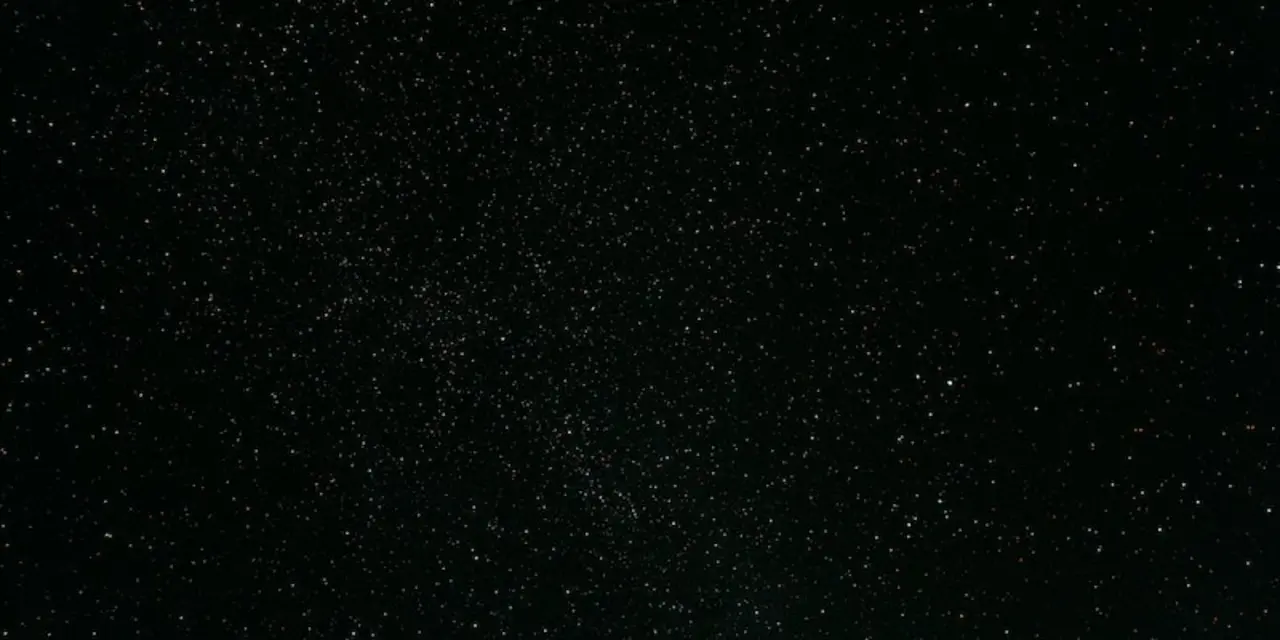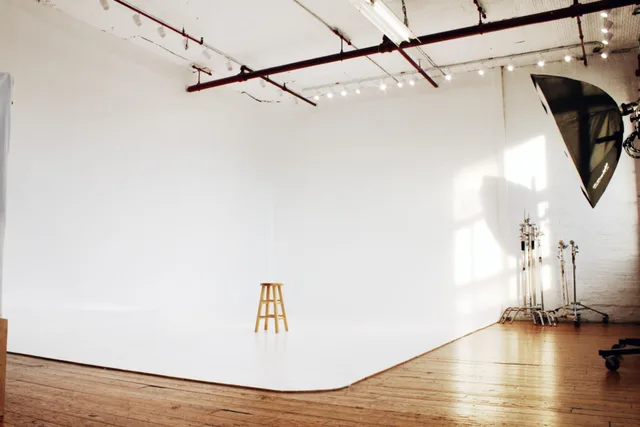When you think of spy films, the first thing that may come to mind is black and white photography. It's a classic look that has been used in films since the 1930s, and it continues to be a popular aesthetic choice for spy films today. But why is black and white photography so closely associated with spy films?
The answer may lie in the aesthetics of black and white photography. Black and white photographs have a timeless quality that can evoke a sense of nostalgia and mystery. The stark contrast between the light and dark tones creates a powerful visual effect that can add tension and intrigue to a scene.
In addition to the aesthetic appeal of black and white photography, there is also a historical significance. During the Cold War, black and white photography was the predominant medium for capturing images of espionage. The sharp contrast of black and white images was ideal for capturing the subtle details of a scene without giving away too much information.
Black and white photography is also closely associated with film noir, a genre of films that often featured spy stories. The classic film noir look of stark shadows and sharp contrasts was perfect for capturing the mysterious, shadowy world of espionage.
Finally, black and white photography is simply a classic look that has been used in films for decades. It's a look that is easily recognizable and instantly evokes a sense of nostalgia and intrigue.
Overall, the use of black and white photography in spy films is a classic aesthetic choice that has both aesthetic and historical significance. It is a look that can evoke a sense of nostalgia and mystery, and it is a look that is instantly recognizable.
The use of black and white photography has been a staple of film for decades, particularly when it comes to spy movies. While color photography has been available since the 1960s, the look of black and white photography has remained the preferred choice for many filmmakers. But why is this? What is it about black and white photography that makes it so attractive to filmmakers?
The primary reason why black and white spy photography is so popular in films is because it provides an air of mystery and intrigue. Black and white photography obscures some of the details of a scene, creating a sense of unease and tension as the audience is unable to make out every detail and must rely on their own imagination to fill in the blanks. This helps to create a sense of suspense and mystery, which is perfect for a spy thriller.
Another reason why black and white photography is used so often is because it can evoke a certain mood or atmosphere. For example, black and white photography is often used to create a feeling of nostalgia, as it is reminiscent of classic films from the 1930s and 1940s. It can also be used to create a sense of timelessness and create a dream-like quality to the film. Additionally, black and white photography can be used to create a sense of dread and foreboding, which is perfect for a spy thriller.
Finally, black and white photography can be used to create a visual style that is unique and evocative. By using black and white, filmmakers are able to create a unique look that stands out and helps to create a distinct visual identity for the film. This can be especially helpful for spy movies, as the visuals can help to create a distinct world for the audience to explore.
In conclusion, black and white photography is a powerful tool for filmmakers, particularly when it comes to spy movies. Black and white photography provides an air of mystery and intrigue, evokes a certain mood or atmosphere, and can create a unique visual style for the film. All of these factors make it the ideal choice for filmmakers looking to create a thrilling spy thriller.


